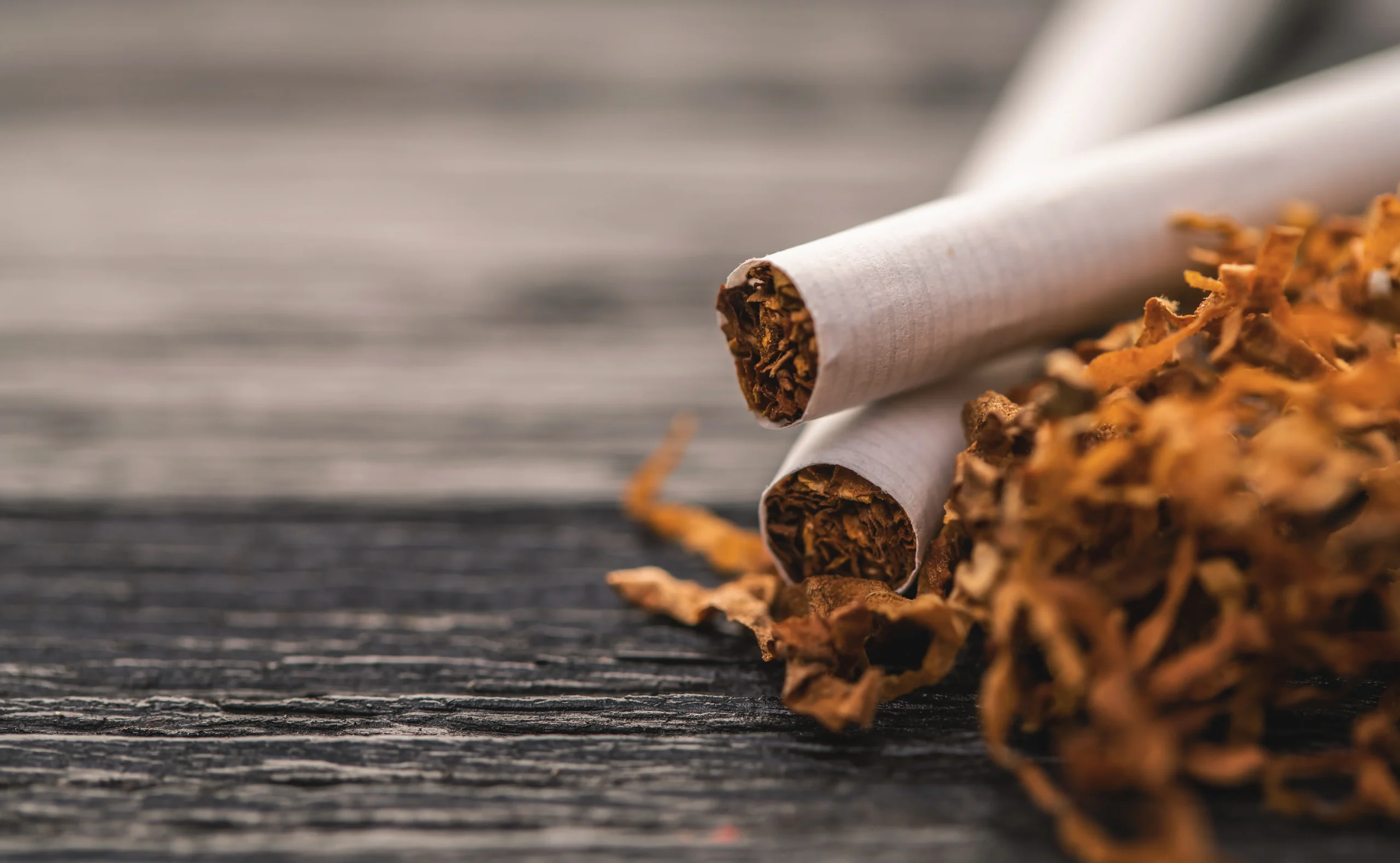In India, smokeless tobacco products pose serious health concerns, according to a recent study. This is the largest study of its kind, conducted in collaboration with the University of Minnesota, the Healis Sekhsaria Institute for Public Health in Navi Mumbai, and Tata Memorial Centre’s ACTREC in Kharghar. It offers concerning insights on the risks and unpredictability of these goods.
The study examined 321 samples of different smokeless tobacco brands, encompassing both contemporary and traditional goods such pan masalas and gutkha as well as traditional products like snuff and mishri. These samples were gathered in Central Mumbai, Kurla, Vashi, Thane, and other parts of Mumbai. The results showed that there was a lot of variation in the amounts of nicotine and tobacco-specific nitrosamines (TSNA) in various brands.
One of the study’s primary authors, Dr. Vikram Gota of ACTREC, stated that the amounts of unprotonated nicotine, which is highly absorbable and addictive, varied by a factor of 2,500 in each sample. Similarly, there was a more than 1,100-fold variation in TSNA levels, which are well-known to be extremely addictive and carcinogenic. These results highlight the serious dangers of smokeless tobacco, since some brands have incredibly high concentrations of these dangerous compounds.
The broad range of toxicant levels in smokeless tobacco products worries the study’s authors. Healis Sekhsaria Institute’s Dr. P. C. Gupta emphasized that there is a serious risk to the public’s health from the variance in toxicant levels. He pointed out that although the World Health Organization advises controlling smokeless tobacco product components, India currently lacks sufficient legislation to implement this recommendation.
All smokeless tobacco products are dangerous, as stressed by Dr. Pankaj Chaturvedi, the Director of ACTREC and a surgeon who treats oral cancer. The results of the study, however, show that some brands expose customers to hazardously high concentrations of chemicals that cause addiction and disease. The stark difference in toxicity levels between brands indicates the urgent need for stronger regulatory controls.
The study promotes increased legislative and educational initiatives to address the dangers of smokeless tobacco. In order to provide safer tobacco products, it asks for more consumer awareness of the various dangers associated with different brands and stricter regulatory control. The study’s significance and the necessity of taking immediate action to lessen the public health emergency posed by smokeless tobacco use in India are further highlighted by its publication in Lancet Regional Health: Southeast Asia.
SOURCE :
TIMES OF INDIA








